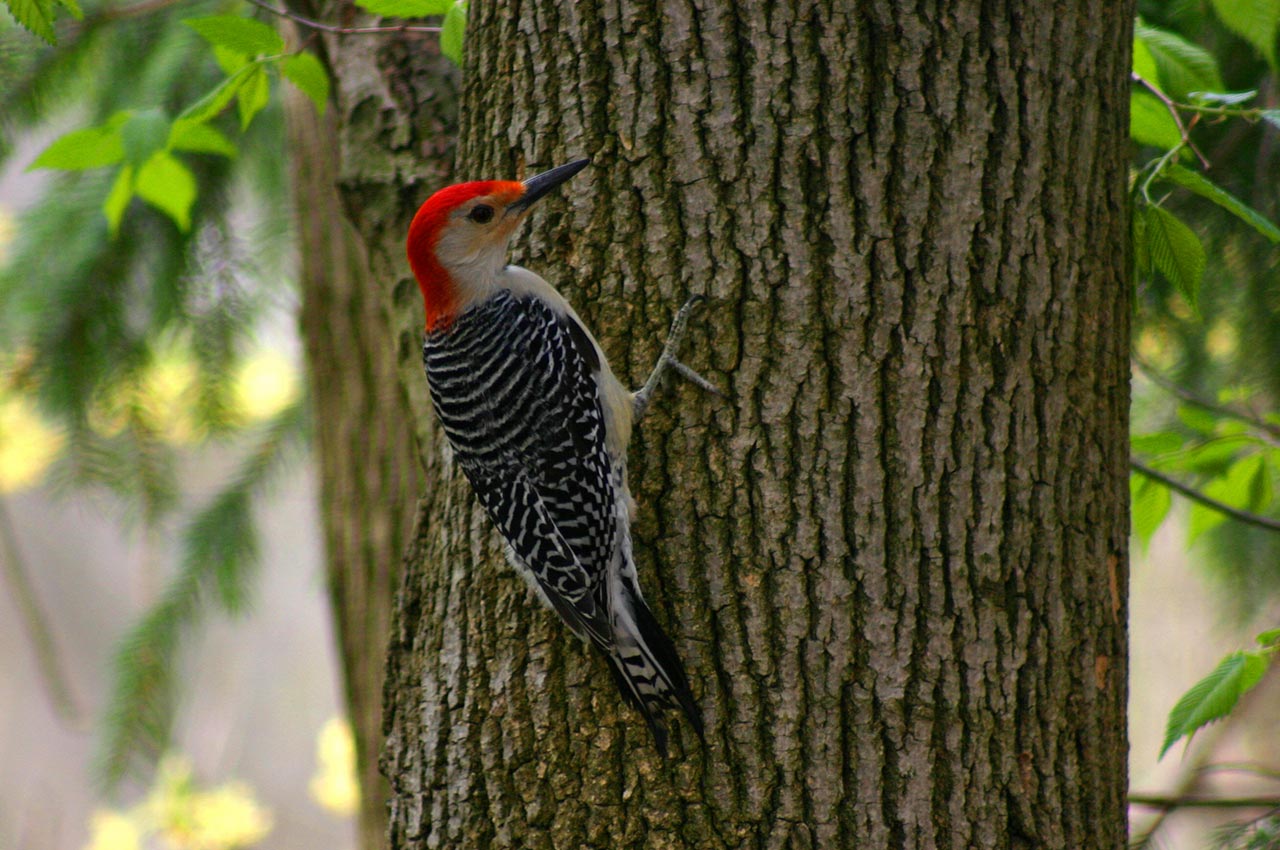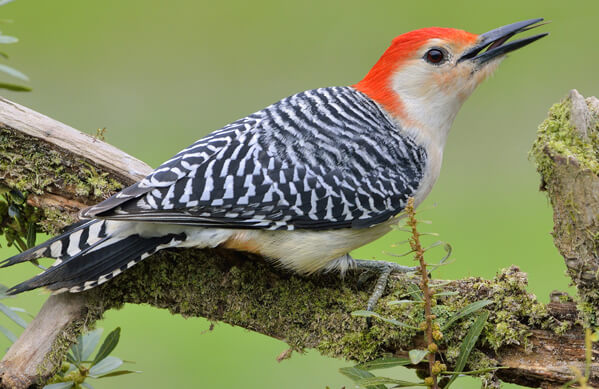Exploring Woodpeckers in Florida Habitats: Where to Find These Birds
Exploring Woodpeckers in Florida Habitats: Where to Find These Birds
Blog Article
Discover the Fascinating Globe of Woodpeckers: Everything You Required to Know
The world of woodpeckers is a world filled with special behaviors, elaborate adaptations, and a diverse range of types. From their environments and circulation patterns to their feeding habits and specialized physiological attributes, woodpeckers have long captivated the rate of interest of ornithologists and nature lovers alike. Understanding the details of these remarkable birds gives a glimpse right into the complex interplay between their biology and the environment. As we explore the world of woodpeckers better, we uncover a wide range of info that sheds light on their value in environments and the obstacles they deal with in an ever-changing globe.
Woodpecker Habitats and Circulation
Woodpeckers occupy a diverse range of atmospheres worldwide, showcasing adaptability in their circulation patterns. These resilient birds are discovered in forests, woodlands, savannas, and deserts throughout different continents, demonstrating their capability to thrive in different climatic conditions. In North America, as an example, woodpeckers can be identified in both coniferous and deciduous woodlands, using their strong beaks to forage for bugs and create nesting cavities in trees. Similarly, in Africa, certain woodpecker species have actually adjusted to dry settings, such as the acacia timberlands, where they play a vital function in controlling insect populations.

Feeding Behaviors and Diet Regimen
Woodpeckers utilize their strong beaks to drill right into the bark of trees, penetrating for pests and larvae concealed beneath the surface area. In enhancement to bugs, woodpeckers likewise eat nuts, seeds, fruits, and sap.
Woodpeckers are understood for their drumming habits, which offers not just to communicate with other woodpeckers but also to locate food. The fast drumming audio is produced by the bird pecking on resonant surface areas like dead trees or steel poles. This behavior can attract pests hidden in the wood, permitting the woodpecker to find their presence and eat them.
Unique Adaptations for Tree Climbing
In their proficient pursuit of insects concealed within tree bark, woodpeckers have actually developed impressive physiological features that equip them with special adaptations for effective tree climbing. Woodpeckers have strong neck muscle mass and an one-of-a-kind head framework that absorb the effect of consistent pecking, permitting them to climb up and down without causing injury to their minds. These adjustments showcase the extraordinary transformative design that enables woodpeckers to browse trees with precision and effectiveness.
Diverse Woodpecker Types Worldwide
With over 200 different types spread out throughout numerous habitats worldwide, the household of Picidae includes an amazing diversity of woodpeckers. These birds can be discovered in woodlands, timberlands, savannas, and even city areas, showcasing this article their flexibility to various settings. From the legendary Northern Flicker in North America to the vibrant and evasive Crimson-backed Flameback in Asia, each woodpecker species shows one-of-a-kind qualities in terms of tuft, actions, and environment choice.
Woodpeckers differ substantially in size, with the diminutive Downy Woodpecker measuring around 6-7 inches in length, while the powerful Lineated Woodpecker can rise to 17 inches - Woodpeckers in Florida. Their beaks also are available in various sizes and shapes, reflecting their feeding behaviors. Some varieties concentrate on extracting pests from tree bark, like the Acorn Woodpecker, while others, such as the Black-cheeked Woodpecker, eat fruits and seeds

Preservation Initiatives and Obstacles
Conservation initiatives for woodpecker populations are critical in minimizing the influence of habitat loss and other threats dealing with these varied avian varieties. Woodpeckers face various challenges to their survival, mostly as a result of deforestation, urbanization, environment adjustment, and intrusive varieties. To address these issues, preservation initiatives concentrate on shielding and go to this site recovering woodpecker environments, implementing directory sustainable forestry practices, and raising awareness about the value of these birds in communities.
One considerable difficulty in woodpecker conservation is the fragmentation of their environments, leading to isolated populaces that are more prone to termination - Woodpeckers in Florida. Guardians work to produce wildlife hallways and safeguarded areas that connect these fragmented environments, permitting woodpeckers to move in between different locations for feeding, reproducing, and sanctuary

Final Thought
In verdict, woodpeckers are remarkable birds with special adjustments for tree climbing and feeding behaviors. Further study and conservation actions are required to make certain the survival of woodpeckers in the wild.
Report this page